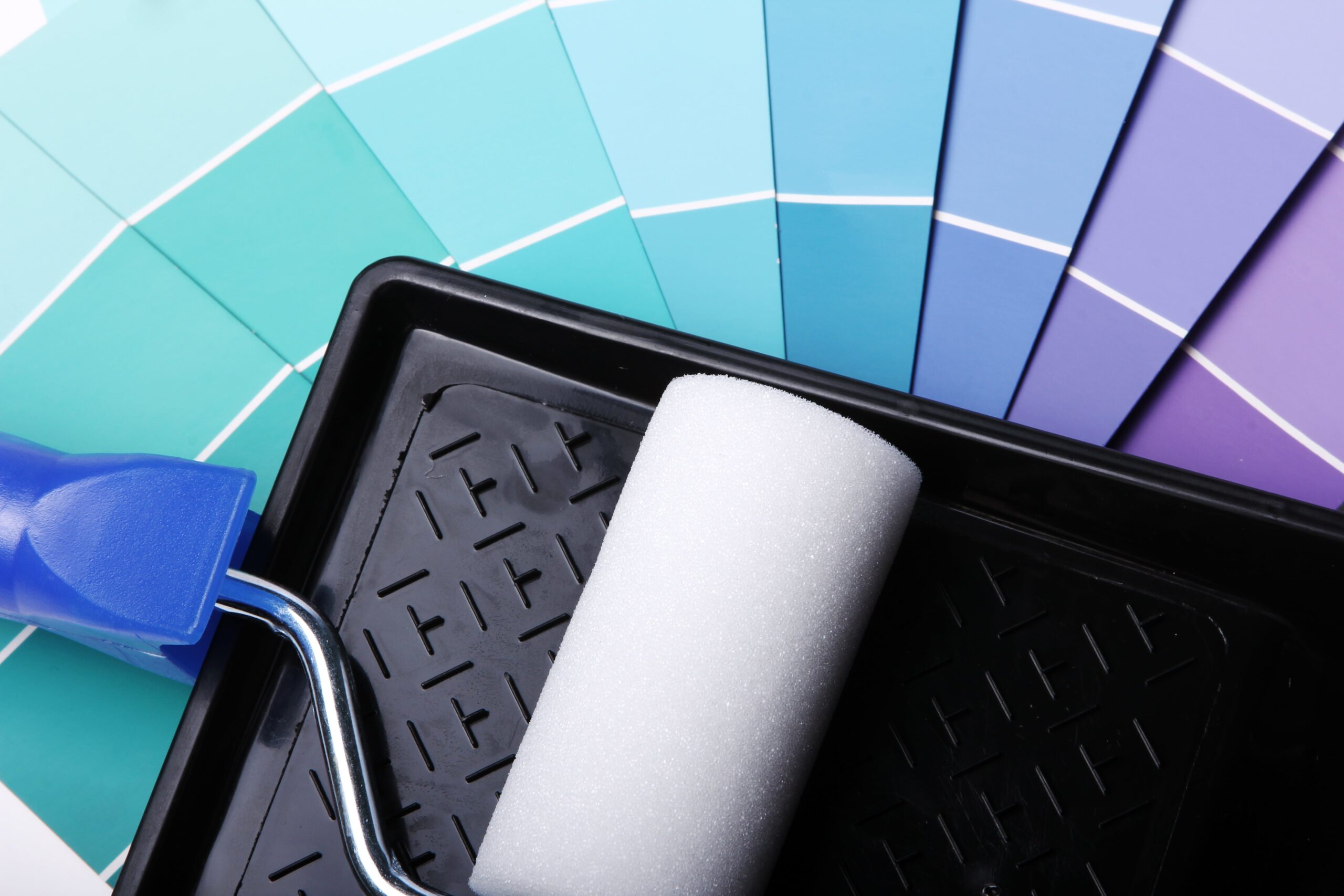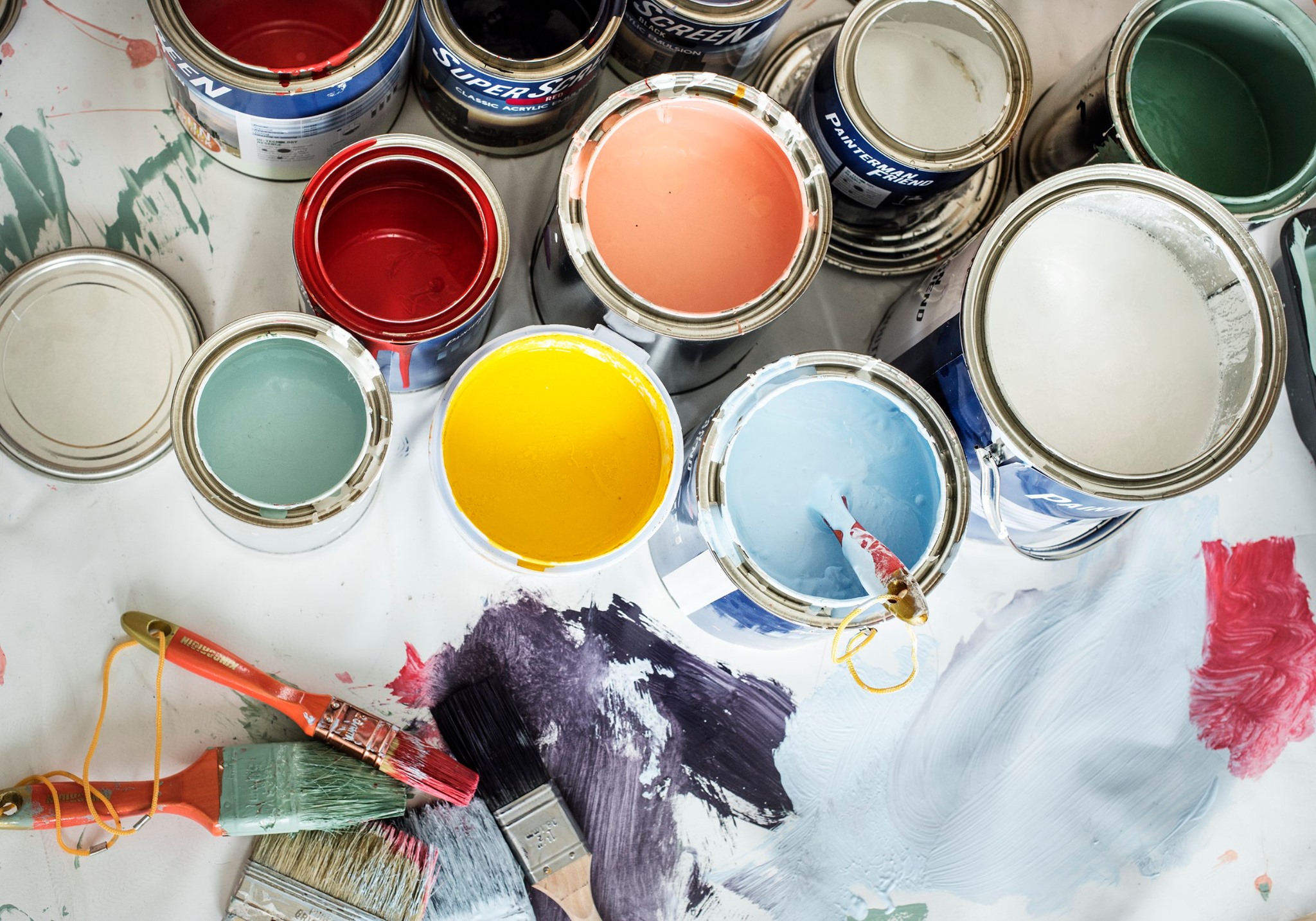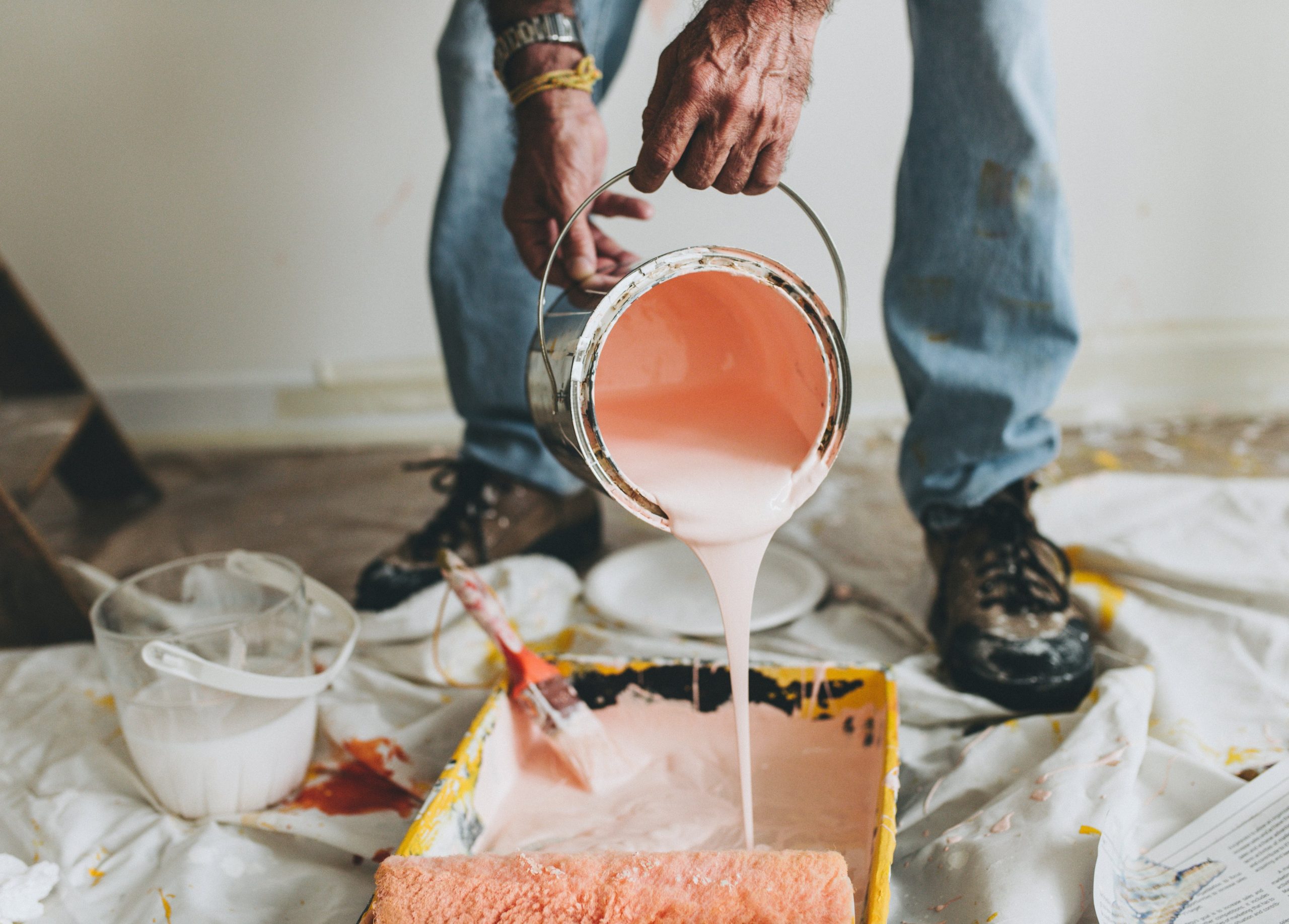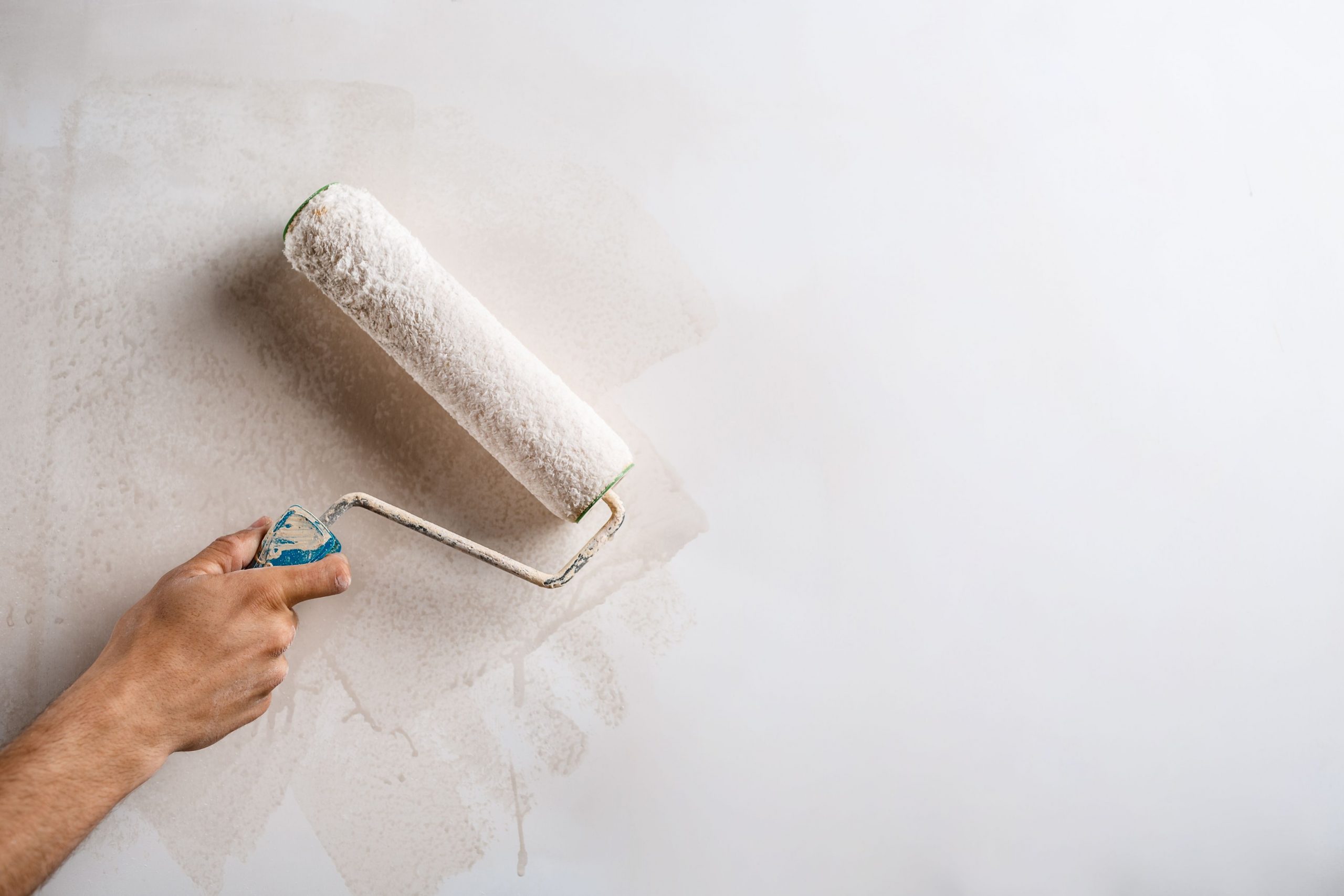Are you considering painting your home’s interior but aren’t sure where to start? You’re not alone! Many homeowners find the process of choosing paint colours for rooms confusing and overwhelming. When it comes to painting your home, one of the first decisions you’ll have to make is what colour to choose for each room. While it can be fun to experiment with different shades, choosing colours that will create a cohesive look and feel throughout your house is important.
Luckily, this guide will walk you through the basics of choosing colours for different rooms in your house. However, if you still can’t decide, there’s no harm in asking home experts like Sidepost when it comes to home improvements and other home services. Nonetheless, if you are interested to learn more, keep on reading!

Take Advantage of The Colour Theory

Colour theory is a set of rules and guidelines that designers use to communicate with users through appealing colour schemes in visual interfaces. Designers use a colour wheel and a comprehensive understanding of human optical ability, psychology, society, and more to choose the ideal colours every time.
Though there’s no need for you to study the colour theory, there are several colour scheme generator tools you can find online such as Coolors and Canva. Colour palettes may be generated fast with these accessible colour scheme generator tools. It is possible to examine how colours relate to one another and gain a rudimentary understanding of colour theory by rotating a colour wheel. Even though you probably won’t paint your house in the exact colours on the wheel, you can choose shades of those colours at your favourite paint store. Any colour, though, will surely improve your bedrooms.
Choose Your Colour Inspiration

Magazines and catalogues have traditionally been the go-to source for decorating ideas. On the internet, you may find a wealth of ideas and inspiration. With their room vignettes, retailers may inspire you, and paint companies can show you how to incorporate colour into your house. You may also find colour inspos on social media sites such as Pinterest and Instagram. It’s easy to organize your favourite ideas on Pinterest by creating “inspiration boards.”
How do you want your space to look and feel? Organize a collection of photos and colours that inspire you. Think about what the space is used for, as well as the colours in your carpeting and furnishings.
Ask for Swatches

Colour samples allow you to get a good idea of how your room will appear when painted in the colours of your choice. Ignoring the advice of a professional painter or colour expert isn’t the best way to go about making a paint and colour selection for your home. This may be accomplished with the use of colour swatches. Make a trip to your local paint store to get some free sample swatches of the colours you’re interested in. Please note that some stores may charge for these samples.
Look Outside To Get More Ideas

Inspiration is a beautiful thing and can come in many forms. Did you know that some people are inspired by nature? These individuals often choose colours found on trees or grass as their go-to design scheme, especially if they want something restful yet active at the same time! Whether you’re looking for a fresh, new perspective on your next project or just want to change up the décor in some existing spaces; exterior-inspired colour schemes are perfect. These warm tones will help ease any tension that may be present when indoors and provide endless inspiration!
Learn Undertones

Undertones are made by mixing two colours, like blue with a black tint (for indigo) or blue with a green tint (making turquoise). The colour you see is the overtone or mass tone, which is another name for the dominating colour. The undertone is the colour you can’t see. It would be best to learn how undertones work.
When picking interior paint colours, the undertones might be a major shock. If it has a strong green undertone, a neutral beige may not be that neutral after all. An undertone’s appearance in your house can only be predicted with certainty by first sampling the hue. Samples are necessary since other surfaces in your room’s undertones might alter the appearance of your paint as a result of reflection.
Identify Your Whites

There are countless varieties of whites. There are no coloured undertones in whites that are pure and “clean.” These are popular with designers who want to show off art or furniture, and they are often used on ceilings to make a blank space up there. The majority of other whites have undertones that are either warm (yellow, orange, pink, or brownish) or cool (green, blue, or grey). A room might feel more spacious by using cool whites. Find the one that best complements the other colours in the space by experimenting with many of them at the same time.
Have You Chosen The Right Colours Yet?
So, what are the best paint colours for your home? It depends on a few factors, including the mood you want to create and the amount of natural light your room receives. But with a little bit of research and some experimentation, you can find the perfect hue for your space. Hopefully, you find this article helpful!